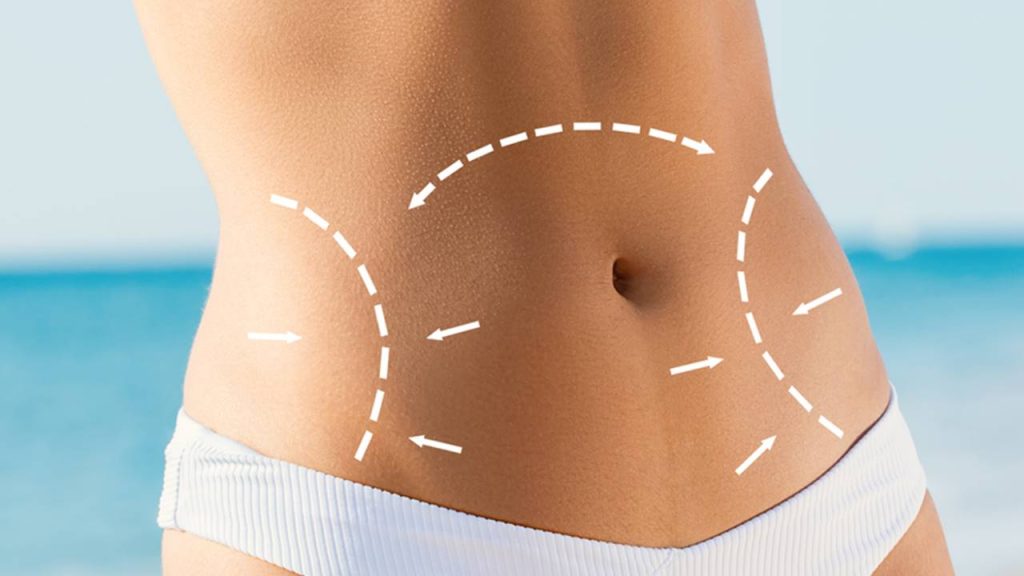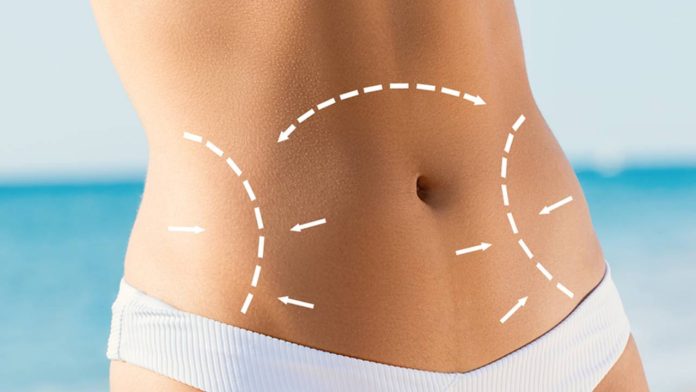Liposculpture includes liposuction techniques with local or general anesthesia. It can produce significant side effects during the intervention, immediately after and in the long term. There are safer ways to reshape the body shape.

What is liposculpture? Liposculpture is a surgical technique that is used to remove or add small amounts of body fat to improve body contour based on desired aesthetic criteria. But it is not a risk-free procedure.
WHAT IS THE DIFFERENCE BETWEEN LIPOSCULPTURE AND LIPOSUCTION?
The main difference between liposculpture and liposuction is the treatment area. Liposculpture is used to define smaller areas of the body, while liposuction is used to treat larger areas. However, liposuction can be part of a liposculpture treatment.
Some liposculpture techniques can be performed under local anesthesia to minimize bleeding and edema, while liposuction uses general anesthesia, which carries a higher risk.
All liposuction and liposculpture techniques can be applied anywhere on the body where fat has accumulated. It is usually performed on the abdominal area, thighs, buttocks, arms, chin and double chin.
HOW IS LIPOSCULPTURE PERFORMED? WHAT TECHNIQUES ARE USED?
Four main techniques are used to perform liposculpture: liposuction, infrasonic liposculpture, lip laser and lip transference.
- Liposuction involves removing fat using a cannula connected to a vacuum machine. Fat extracted by liposuction can be purified, processed, and transferred to other parts of the body, such as the buttocks or face. It is not a weight loss treatment. It has serious risks and possible complications, so it is important to ask the doctor to explain all the possible consequences before considering it.
- Infrasonic liposuction is a liposuction technique that uses low-frequency acoustic vibrations to break down fat cells and facilitate their removal. This technique is also known as notational liposuction or infrasonic liposuction.
- Ultrasonic liposuction uses high-frequency sound waves to liquefy fat in a specific part of the body before removal. There is a risk of burns.
- Lip laser uses diode laser technology to emulsify fat in specific areas of the body. It produces less inflammation and better skin retraction than conventional liposuction.
- Lip transfer is a surgical procedure that involves removing fat from a certain area of the body (for example, the thighs or abdomen) using liposuction and placing it in another part of the body to increase the volume of that area (for example, the buttocks). It is also known as lipofilling.
WHAT ARE THE RISKS OF LIPOSCULPTURE?
Liposuction is a serious surgery with multiple risks. It is important to discuss all risks with your doctor before undergoing the procedure.
During the intervention, puncture wounds, nerve or organ damage and other complications, some fatal, may occur.
Although all goes well, recovery from a liposuction treatment is painful. It is also common to suffer swelling, bruising, discomfort and numbness.
The main risks of liposculpture are that there are asymmetries and abnormalities in the silhouette (dimples, lumps, etc.) due to fluid accumulation and healing problems. Infections, fat embolism and thrombosis can also occur. These problems are life-threatening.
Other less common risks include skin irregularities, pigmentation changes, fluid retention, and anesthesia-related complications.
People who are most at risk for unwanted side effects are those who smoke, have chronic health problems, have a weak immune system, are overweight, sagging skin, have a history of diabetes in the family, cardiovascular disease, deep vein thrombosis, or seizures.
In the long term, as liposuction procedures remove fatty tissue, if excess calories are consumed and little exercise is done, the body will accumulate fat in deeper areas of the body and can be dangerous if it develops around the liver and heart.
ARE THERE NATURAL ALTERNATIVES TO LIPOSCULPTURE?
There are natural alternatives to liposculpture that are virtually risk-free, although they obviously cannot achieve the same results in the short term. Some of these alternatives are:
- Mesotherapy: consists of multiple injections containing a cocktail of natural, homeopathic, pharmaceutical and vitamin ingredients. These substances help to liquefy the fat and reduce its accumulation in the treated area. Each treatment lasts approximately 30 minutes and it is recommended to perform several sessions for optimal results. This procedure is safe and minimally invasive.
- Cry lipolysis: Cold is used to promote the elimination of localized fat. It is a superficial and non-invasive method that is frequently applied to reduce fat pockets that appear under the chin.
- Ultra cavitation: technique that uses ultrasonic waves to break down fat cells and promote their elimination.
In addition, lymphatic drainage or reducing hydromassage can also be performed as alternative treatments to gently reshape the body, which can be successful if combined with proper diet and physical exercise.

